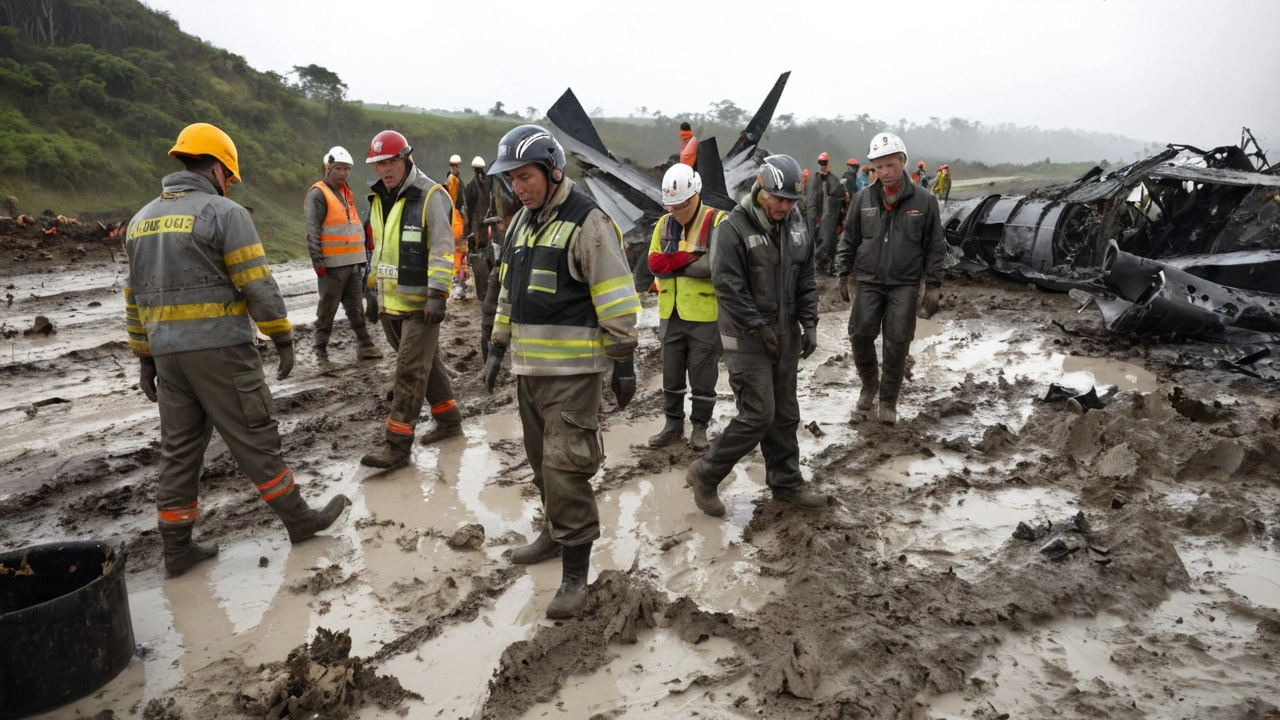Kathmandu Airport (Tribhuvan International Airport) — Practical Arrival Guide
Tribhuvan International Airport (KTM) is Nepal’s main gateway. It’s compact, often busy, and sometimes slow — but once you know the routines, getting through is straightforward. This guide gives clear, useful tips for arrivals, money, transport, and avoiding the usual headaches.
Before you land
Check visa rules for your nationality. Nepal offers visa-on-arrival for most travellers, but rules change, so verify with your embassy or airline before you fly. Have a passport photo handy on your phone or printed copy; sometimes officials ask for one when filling forms.
Download or buy an eSIM or local SIM if you need data right away. Major providers like Ncell and Nepal Telecom (NTC) have counters at the airport, plus prepaid plans that work well around Kathmandu. If you prefer, buy a physical SIM from the city where prices and options might be better.
Expect security and immigration lines during peak times — early morning and late evening are busiest. Flights can be delayed by weather or air traffic, so don’t plan tight connections inside Nepal based on an international arrival time.
At the airport & getting into town
After passport control and baggage, you’ll pass customs. Declare anything you must; casual gifts and personal gear are rarely a problem. There are exchange counters and ATMs in the arrivals area, but airport rates are lower than in the city, so change only what you need for taxis or immediate expenses.
Official prepaid taxi counters are your safest bet. They print a receipt and set a fixed fare to popular areas like Thamel. Metered taxis exist but may try to overcharge tourists. Ride-hailing apps work in Kathmandu, but coverage and pickup points can be inconsistent at the airport.
Thamel — the common tourist hub — is about 20–40 minutes from KTM, depending on traffic. Plan extra time if you land during rush hour; roads around the valley get congested quickly.
Domestic and international terminals are separate. If you have a domestic connection, confirm which terminal you need and allow time for transfer. Domestic airlines like Buddha Air and Yeti fly to Pokhara, Lukla, and other destinations — check baggage limits carefully, as smaller aircraft have stricter rules.
Health and safety: Kathmandu sits at a moderate altitude (around 1,400 m), so altitude sickness is unlikely on arrival in the city. Still, drink water, move slowly if you feel off, and avoid heavy physical activity until you’re rested.
Quick checklist: passport and visa copy, a few US dollars or euros for exchange, airport taxi receipt, local SIM or eSIM, and printed hotel address. Keep small change for tips or small purchases — many vendors don’t accept cards.
Want to avoid trouble? Don’t accept offers from unofficial helpers inside arrivals; use official counters. If your flight is delayed or cancelled, contact your airline immediately and ask about rebooking or accommodation. Kathmandu can be warm and chaotic, but with a little prep you’ll get through the airport fast and start enjoying the city.

Nepal Plane Crash: 18 Dead After Takeoff from Kathmandu's Tribhuvan Airport
Keabetswe Monyake Jul 25 8A Saurya Airlines flight crashed shortly after takeoff from Kathmandu's Tribhuvan International Airport, resulting in the deaths of 18 individuals, including the co-pilot, and injuring the pilot who survived. The Bombardier CRJ 200 was en route to Pokhara for maintenance, carrying mechanics and airline employees. Emergency services shuttered the airport for hours, recovering all bodies amid challenging monsoon conditions.
More Detail